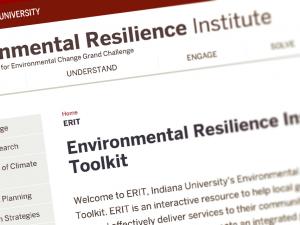Building Resilience in the Great Lakes
Climate change impacts are projected to affect cities, rural and coastal communities, and tribes in the Great Lakes. Higher temperatures, more variable precipitation patterns, and changes in lake levels will likely increase vulnerability to extreme events (including flooding, drought, heat waves, and more intense urban heat island effects), compounding non-climate stressors such as economic downturns, shrinking cities, and deteriorating infrastructure.





